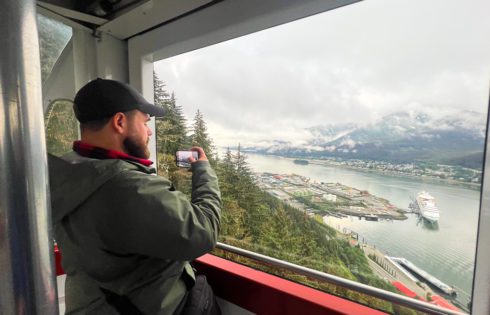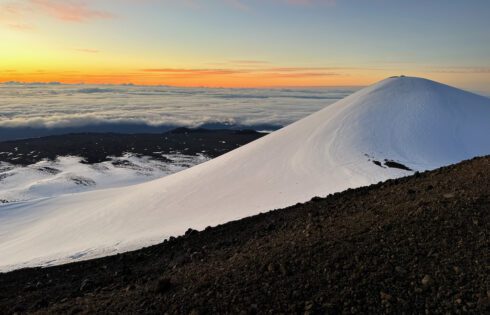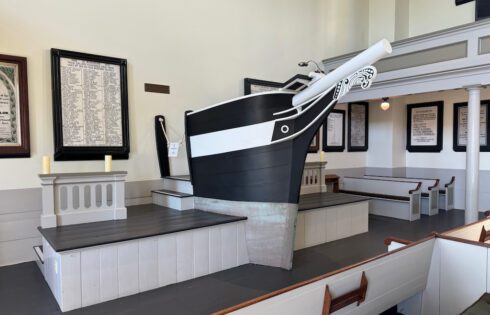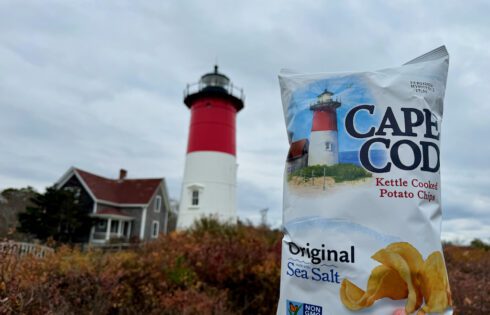
USS Bowfin Submarine Review: What It’s Like to Step Inside This WWII Relic at Pearl Harbor
One of the must-see attractions when visiting Pearl Harbor in Hawaii is the USS Bowfin submarine. It’s one of the only places where you can actually go inside the tight









